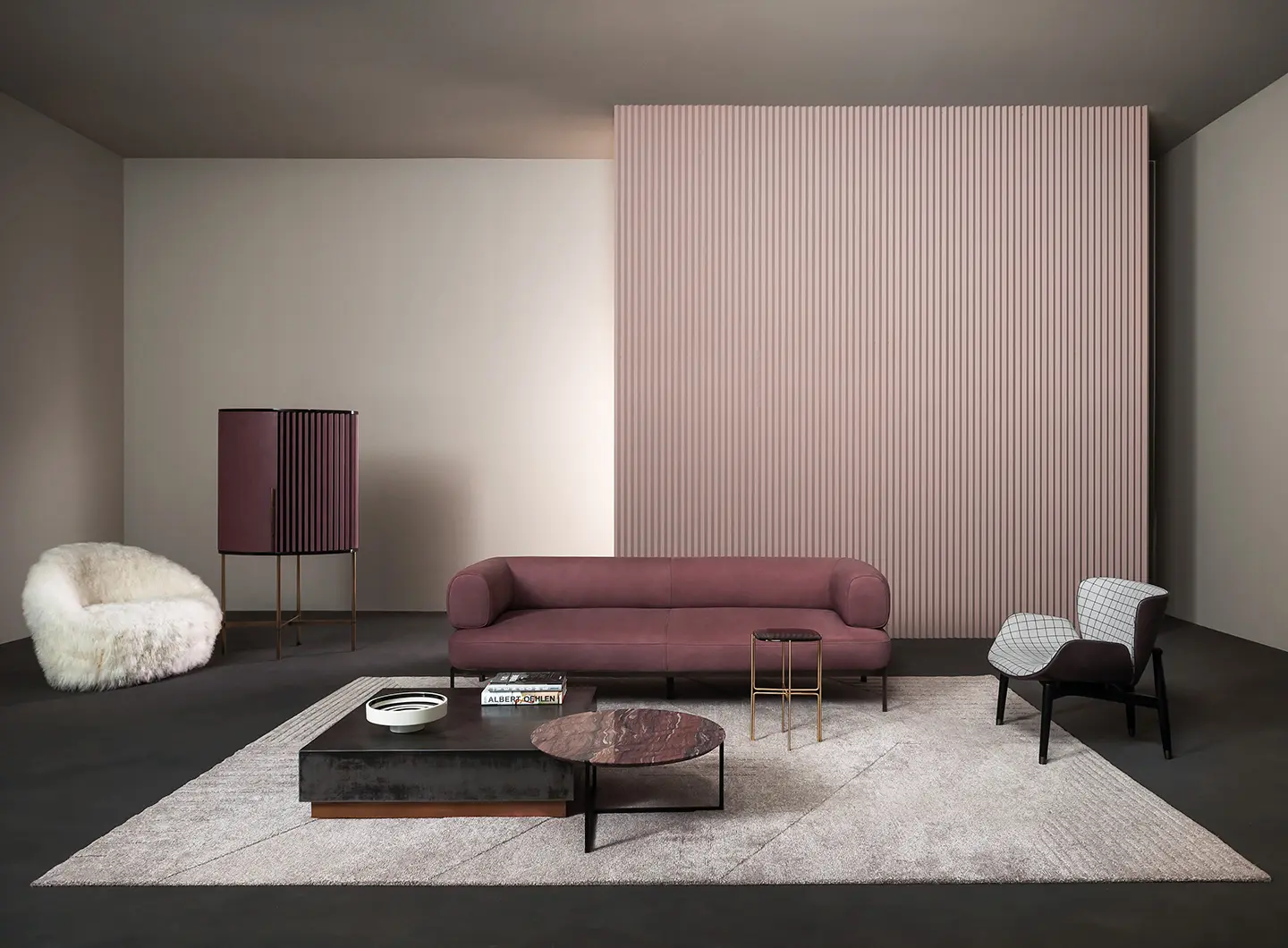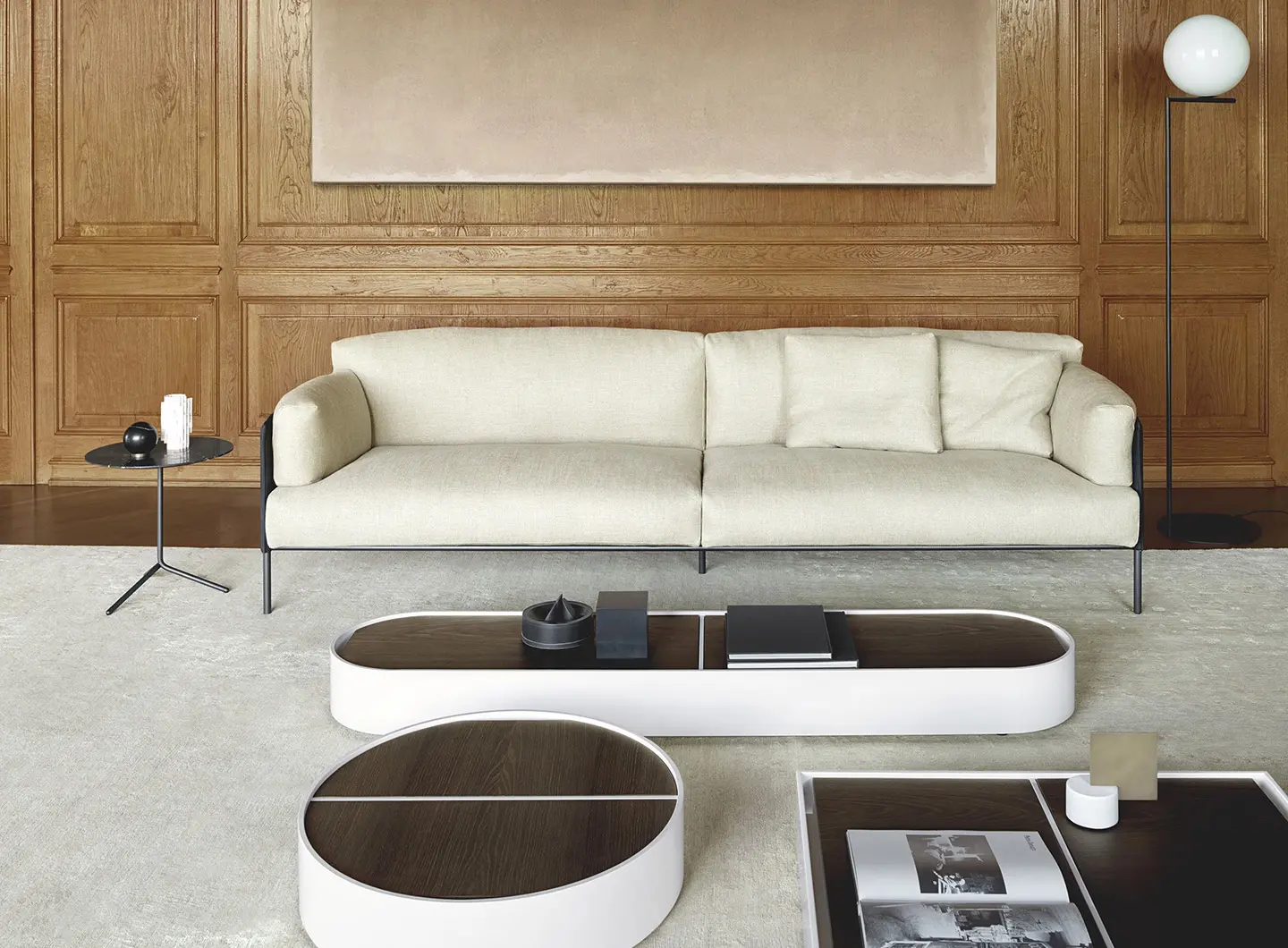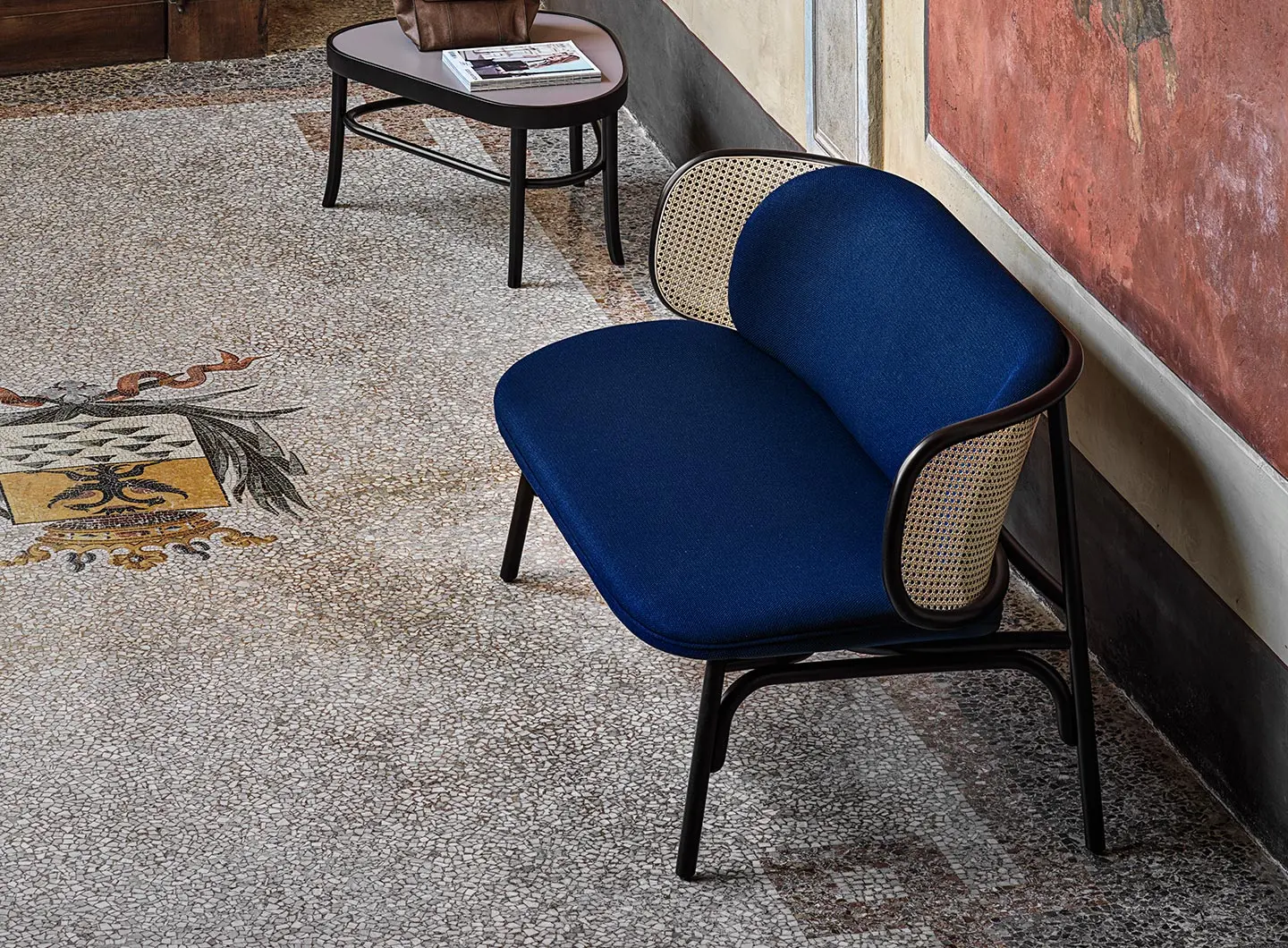From BIG to David Chipperfield, Frank Gehry to Snøhetta: a world tour of the best buildings set to open in 2026
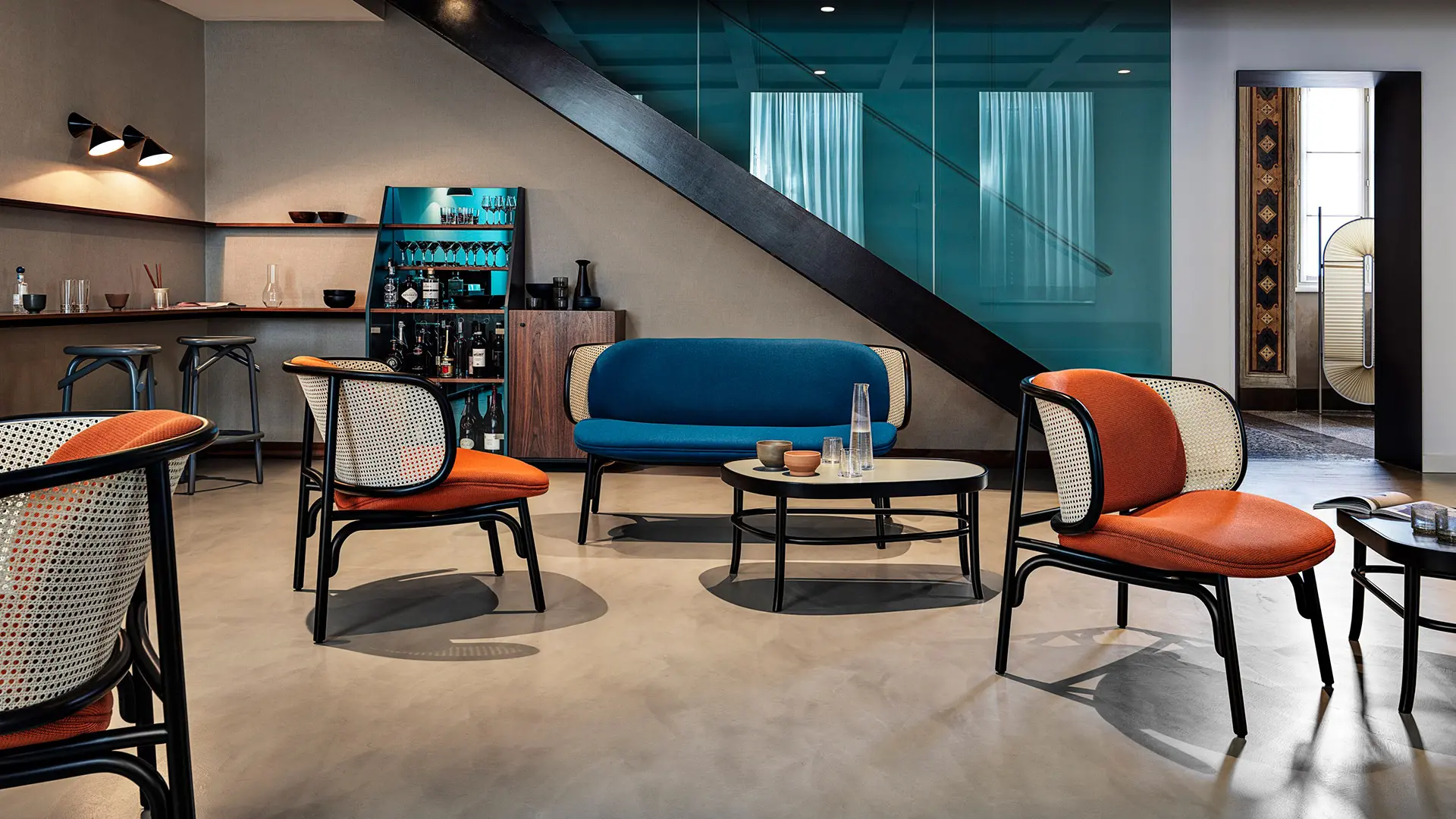
Suzenne, sofa designed by Chiara Andreatti for Gebrüder Thonet Vienna
There’s room for more than just the masters: 5 designers under 45 tackle the lord of the sitting room - a furnishing piece that has built the story of Made in Italy and its companies, and which continues to set the pace for the sector.
“1) a beautiful and hedonistic-looking sofa 2) really comfy 3) appealing 4) expensive 5) stylish 6) designed by a star 7) somewhat innovative 8) technically advanced 9) virtuously ecological 10) with wonderful fabrics or leathers.” This was Alessandro Mendini’s (1931-2019) Italian design canon, handed down to his successors in the Design Anatomy lessons published in Abitare in 2009. His model took off and flourished, thanks to the companies who have written the story of Made in Italy around the sitting room’s most dominant piece, helping to launch the careers of a group of designers we now refer to as masters. Have they left any room for others, though, in terms of Italian-style sofas? A range of projects presented by designers who, not just anagraphically, represent something new, shows that they absolutely have.
Federica Biasi

Federica Biasi
Federica Biasi (1989) came up with the small Sophie sofa for Gallotti e Radice (2019), its generous proportions contained by the frame. It was an evolution of the armchair of the same name exhibited in the Paris edition of Maison & Objet, in 2018, which saw the designer affirmed as one of the Italian Rising Talents. “I wanted to showcase a new product,” she remembers. “But I didn’t have a company to back me: I took my self-produced Sophie armchair along, which Gallotti e Radice later asked me to industrialise. I produced a more sober version and then the small sofa, which is more representative of my own style” - soft shapes, elegant, natural finishes, a piece that slots easily into everyday living.” Sophie is covered in an orange bouclé fabric and has a 25mm metal frame with a galvanised finish. This is not the only upholstered piece taken on by the Milanese designer. She designed the Livre (2020) armchair, again for Gallotti e Radice, the Kokoro system of sofa room dividers (2020) for Manerba, and the modular Noa sofa for Novamobili. “They are all products with simple shapes, elegant and timeless, which draw on classism while retaining contemporary, more organic and voluminous forms,” she said. “I’m not interested in making a splash, it’s the details that render a product new.”
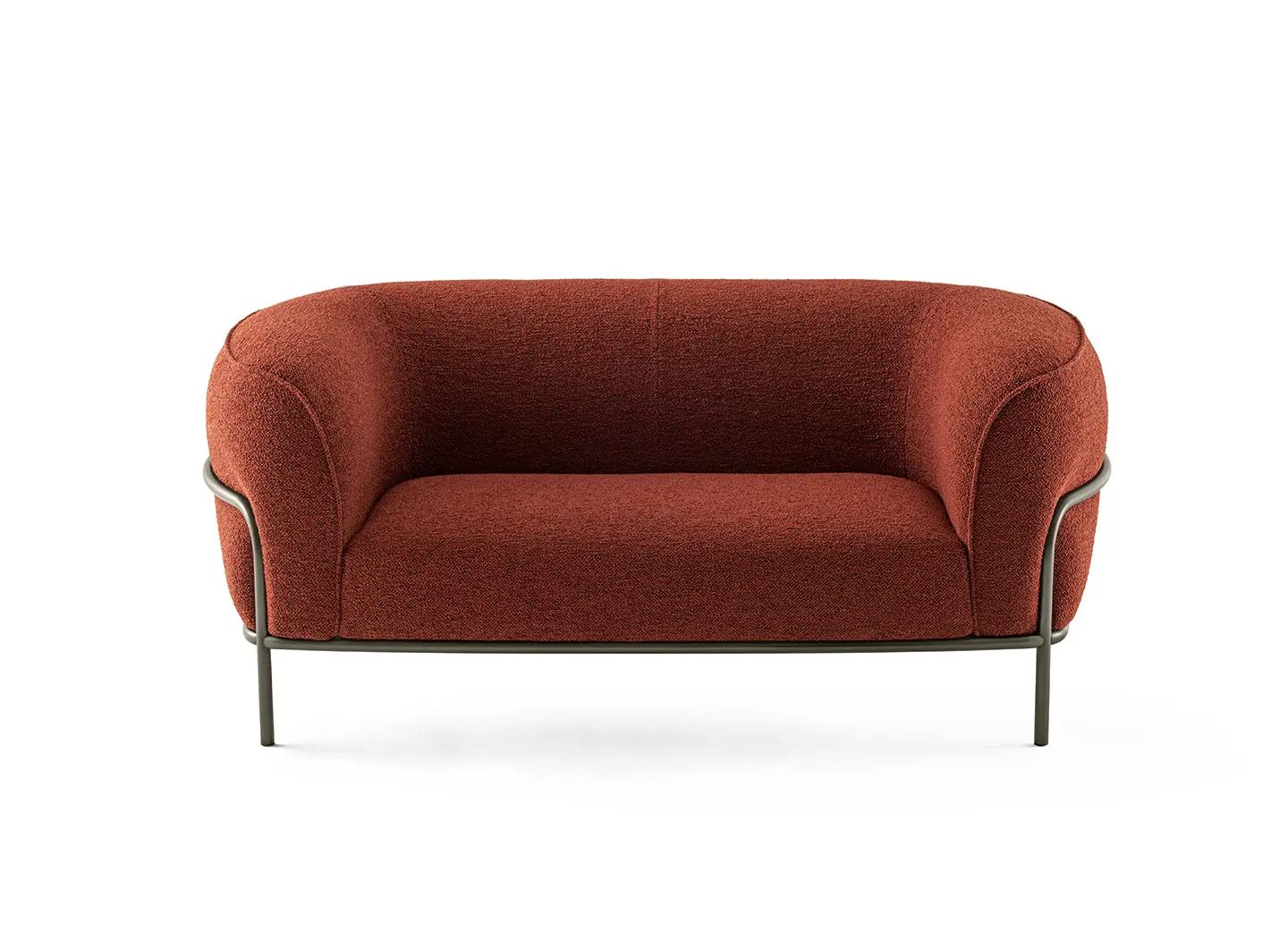
Sophie, sofa designed by Federica Biasi for Gallotti e Radice
Federico Peri
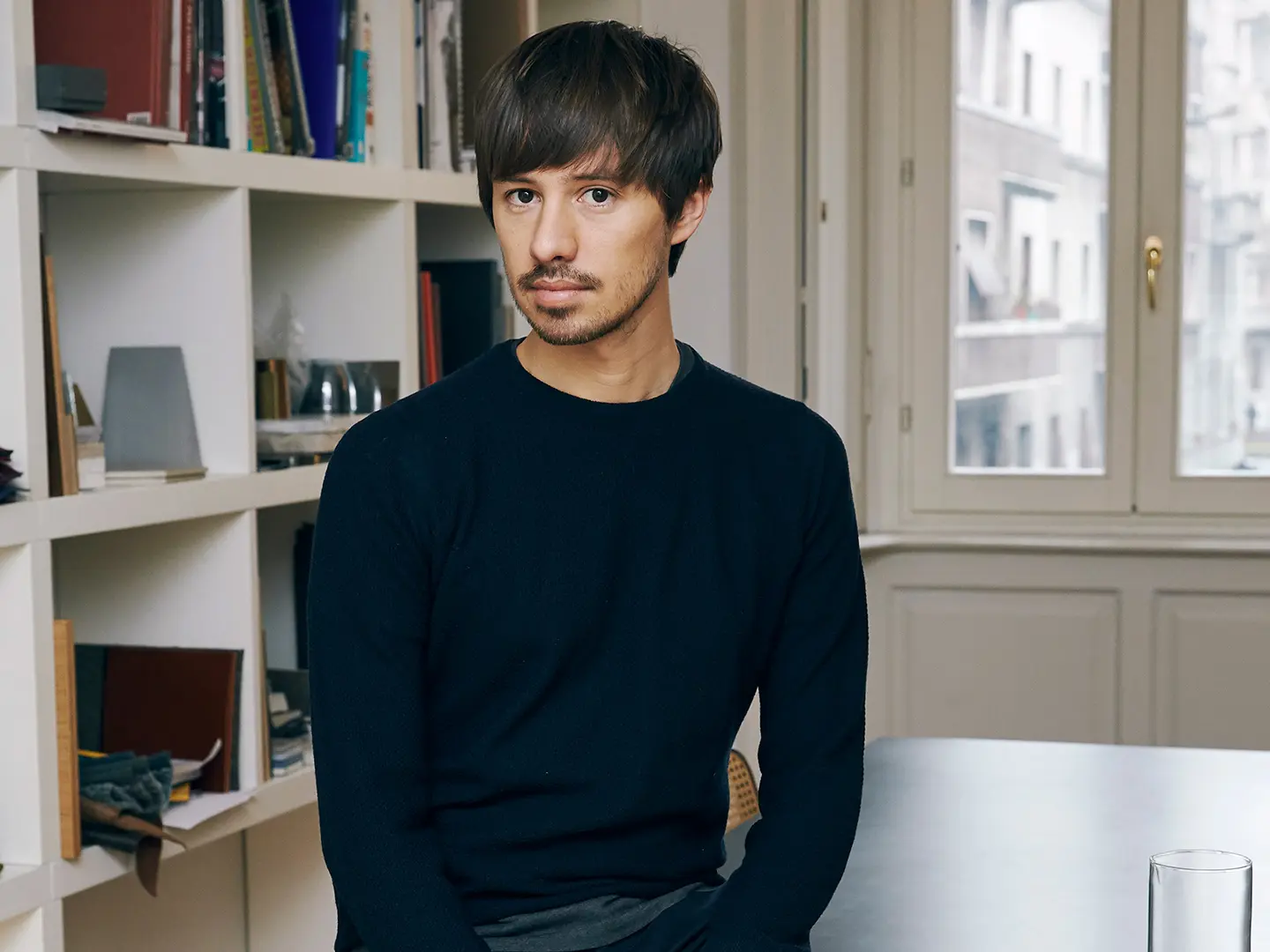
Federico Peri
The Maison & Objet 2018 cohort of Rising Talents also included Federico Peri (1983). He designed the Belt sofa for Baxter (2019), covered with Kashmir Vin leather, with its satin-finished bronze-painted frame and rear belt, the central part of which is covered in Polish Grape leather with satin-finished brass terminals. This too is a generously-shaped piece, “cinched in” by a distinctive formal element: the belt “which ideally ties the whole structure together,” said Peri. “The intention of the design was for a comfy seat, formally and visually.” Inspiration that exceeds the boundaries of the discipline – also a marker of contemporaneity – with an eye to fashion.


 Stories
Stories
